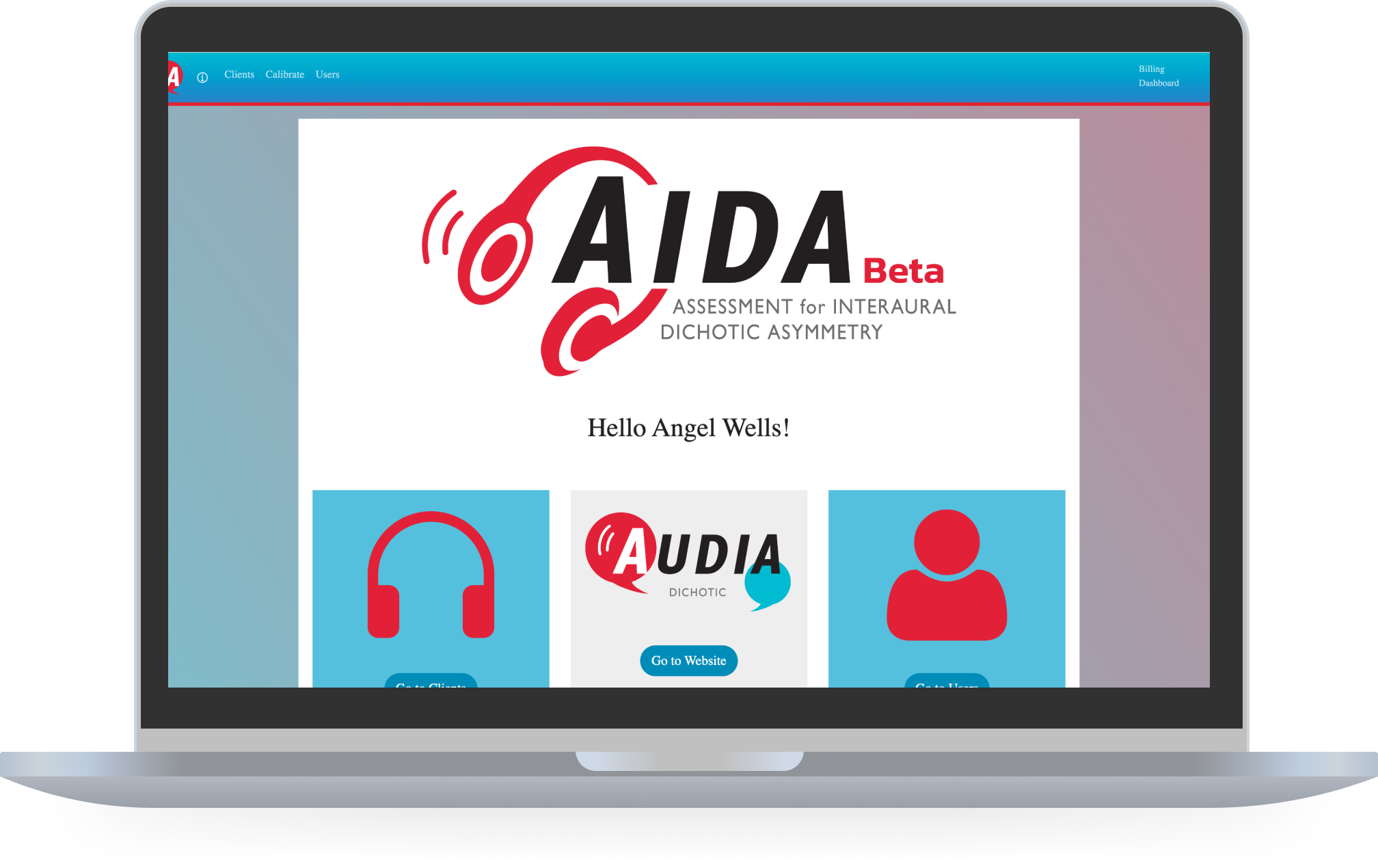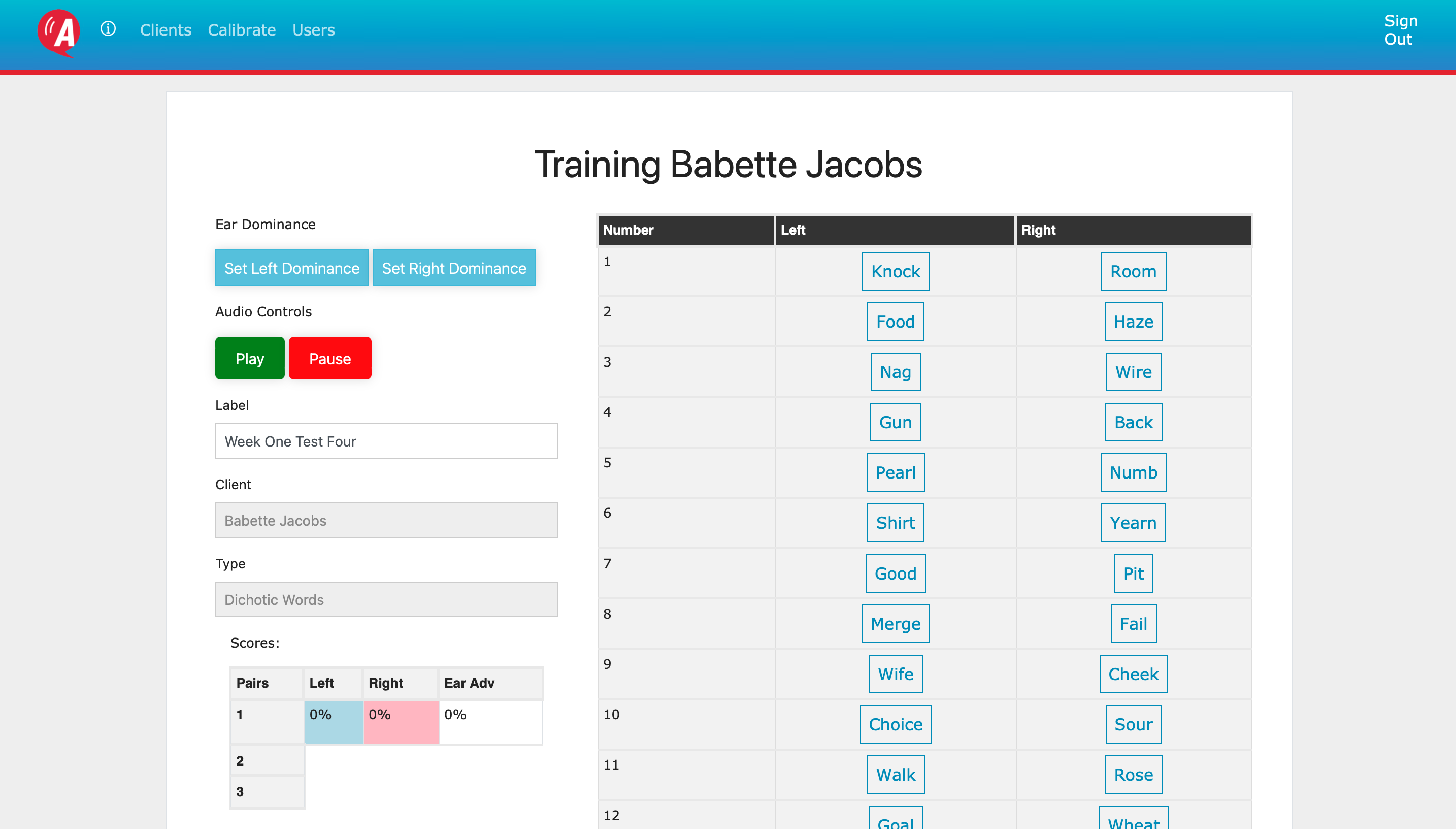

I developed the front-end for a web-based auditory training program designed to improve users' listening and sound processing skills. Over four sprints, I translated wireframes into responsive pages, maintained interface consistency, and debugged test features within an inherited codebase–all while collaborating with a small agile development team.
Front-End Developer
Balsamiq, Github, Visual Studio Code
September 2023-April 2024
The original auditory training platform lacked the necessary training modules and had an inconsistent structure that made it difficult to scale. Our goal was to build new training pages, implement missing functionality, and ensure the system could reliably handle user sessions and store results — all without disrupting the original codebase.
We met with the original development team to understand the existing codebase and mapped out a strategy for scaling the platform without breaking its core structure.
Early collaboration helped us avoid friction later.
Using Balsamiq, I designed the initial low-fidelity wireframes, focusing on layout and user input flows. My team presented them for feedback, which helped shape key decisions around functionality and test logic.
Without audio files, we had to prioritize layout, interaction, and architecture first.
After feedback, our second draft centered on user-specific content, streamlined training flows, improved result visibility, and new admin tools like a client edit page.
Once we received the audio files and the wireframes were approved, I built the Week 1 training pages. I ensured the pages were functional and visually consistent with the original site's style guide.
One of the RDDT test algorithms were producing incorrect results. After digging in, I realized it was a math bug—not a logic issue. I corrected the math and got the test running correctly.

Completed Training Page Interface
With an extended sprint, we added the final training pages and core functionality like result tracking. Though we used placeholder audio files, we swapped in the updated files before release.

Example of Training Results Table
The platform began user testing in San Diego in early 2025, with plans to expand to educational institutions such as Shelby County Schools in Memphis, Tennessee.
This project sharpened my skills in debugging inherited code, communicating across dev teams, and shipping updates under tight iteration cycles.